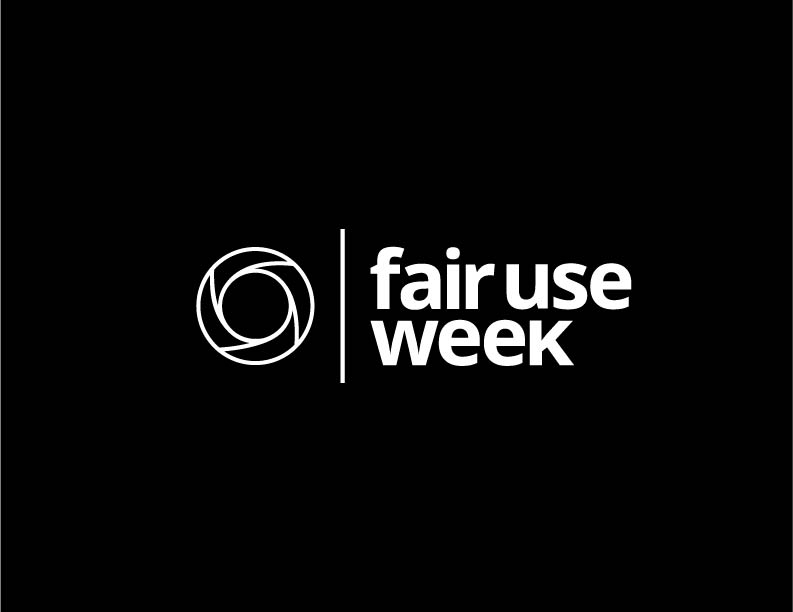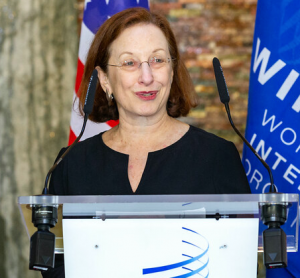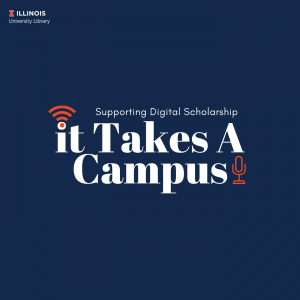Every year, libraries and other information professionals recognize Fair Use Week, a week dedicated to educating our communities about the power of Fair Use to help them make informed and responsible decisions about their use of copyrighted materials.

For example, the University Library at the University of Illinois will be sponsoring a Fair Use Week Game Show, hosted by Copyright Librarian Sara Benson. This event will teach participants about how to conduct a Fair Use analysis in a fun and engaging manner in hopes of getting our campus excited about the possibilities that Fair Use opens.
When considering whether your use of a copyrighted work is a Fair Use, there are 4 main factors to consider: Purpose, Nature, Amount, and Effect.
Purpose refers to your intended use of a work and specifically considers whether you are using it for educational purposes, which is more likely to be considered a fair use, or for profit, which weighs against Fair Use. Nature refers to the work itself. Factual and published works are more likely to be considered a Fair Use than creative or unpublished works.
Amount considers how much of the work you intend to use. Using a small or less important portion of the work is more likely to be a Fair Use, while using the whole work or the “heart” of the work is less likely to be a Fair Use. Lastly, Effect looks at the potential market impact of your use of the work. If it is likely your use would impact the original creator’s ability to profit off their work, your use is less likely to be considered a Fair Use.
In order to make a Fair Use determination, courts weigh each of the four factors holistically to decide whether your use of a copyrighted work is allowed. However, could there be more to a fair use than the four factors used by the courts?

“File:Johnny-automatic-scales-of-justice.svg” by johnny_automatic is marked with CC0 1.0
Using another person’s copyrighted material may not just be a legal question, but an ethical one. For example, many libraries make cultural artifacts taken from indigenous people available to the world. As these items get digitized, libraries are typically the copyright owners for the digital version. While doing your Fair Use analysis, it may be worthwhile to also consider whether the community these items were taken from would approve of your use of the material, even if a court would rule that your use is fair.
Another example is the use of personal photos, which the internet makes readily available online. While your use of these photos may be considered a Fair Use after weighing the four factors, is it ethical to include images of other people’s faces in your work without their permission?
Fair Use gives us guidance about how to avoid being sued for copyright infringement and arguments to defend ourselves if we do. But, Fair Use may not always be enough to tell you whether your use is ethical. When in doubt, you can ask your local librarian for tips and resources on using someone else’s copyrighted materials ethically and responsibly.
In the meantime, you can check out the Fair Use page on our Copyright Reference Guide, which contains several resources to help you think through your own Fair Use analysis. Happy Fair Use week!






